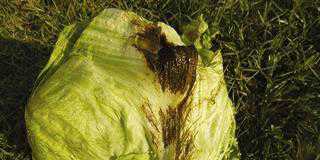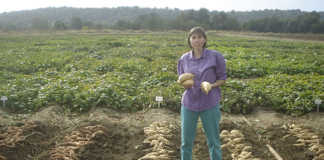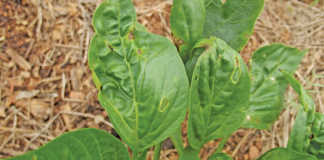The price that the farmer thinks he deserves? The price that the buyer is prepared to pay? Or a combination of the two? The simple answer is that it is the price achieved at the moment of agreement between buyer and seller. But does this reflect the correct price in terms of supply, demand and quality? Not always. So, how do we find the correct price? In the real world, the majority of producers and buyers, whether they want to admit it or not, use the fresh produce commission market price as their reference point for price negotiations.
Where the action is
Commission markets remain the only fair and open platform for price determination. Yes, prices can be distorted by supplies being filtered off to other destinations, but with markets accounting for approximately 70% of all local fresh produce (excluding exports), they remain the best option for price determination. When producers succumb to the charms of the large buyers and supply them directly, both parties end up contributing to price distortion. The effect is a lower price on the market because there is less stock and there are fewer buyers. Because of this, the market price is distorted downwards – to the detriment of producers and the benefit of buyers.
The only realistic option
You don’t have to be a rocket scientist to guess which market price is now used as a reference for negotiations. And a buyer quite naturally always wants the lowest price possible. All farmers supplying the market become victims because of the downward pressure on prices. ]
I appreciate that modern fresh produce marketing has evolved, and farmers today have various marketing options. This is certainly not a bad thing; many producers use these options as part of a balanced marketing strategy. However, if we are talking fair prices, then the only option remains the fresh produce commission markets.













